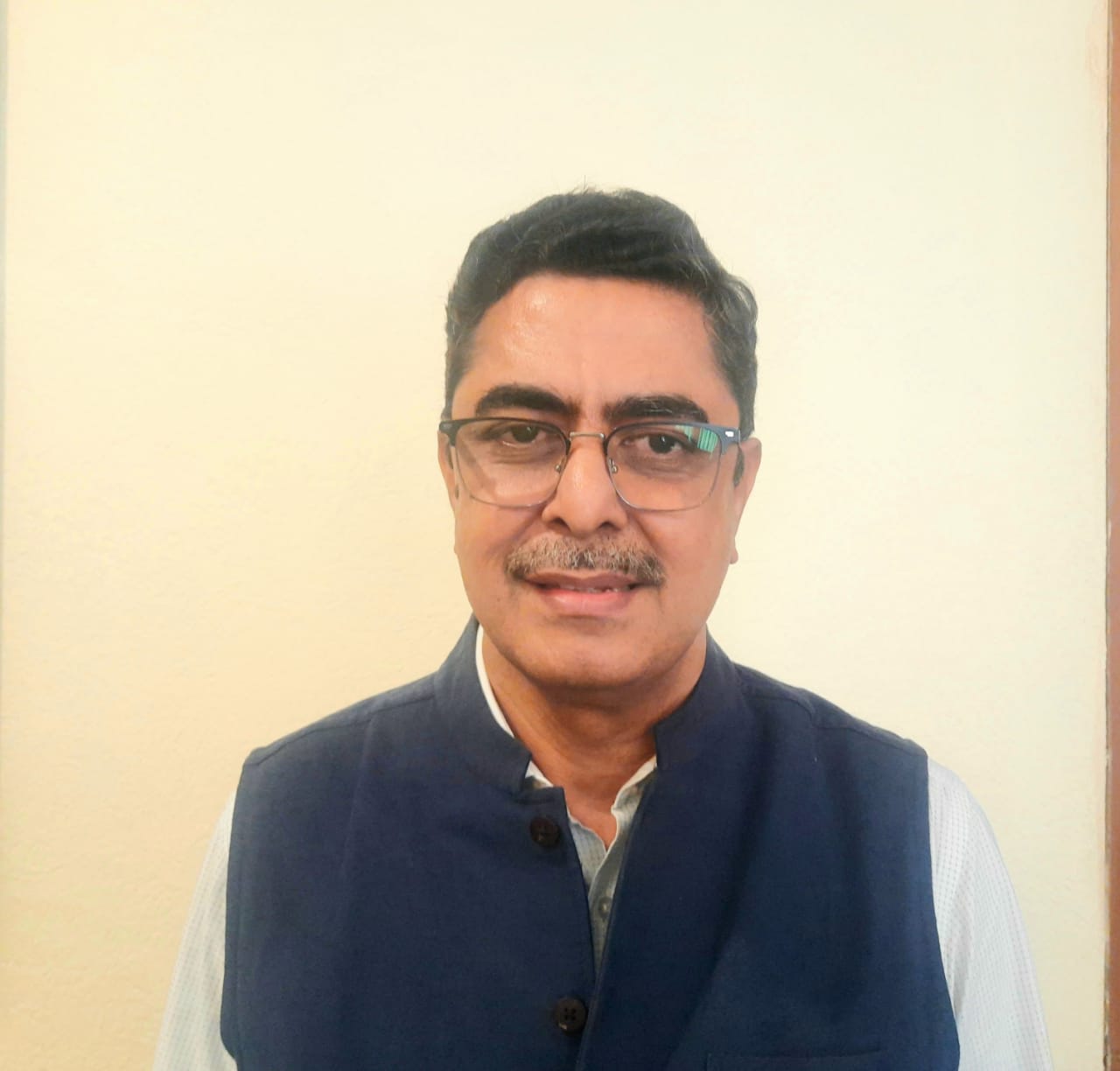LEO1 is redefining education fee management in India. As a trailblazing Edu-FinTech company, it simplifies financial complexities for students, parents, and educational institutions. Founded by Rohit Gajbhiye—an IIT Bombay alumnus, Stanford Ignite graduate, and Forbes 30 Under 30 Asia – Finance & Venture Capital honoree—LEO1 is on a mission to digitize campuses and transform fee payments into rewarding experiences. With Indian cricket captain Rohit Sharma as its Brand Ambassador and Investor, the company is driving a paradigm shift in education financing.
At the heart of LEO1’s innovation lies its Fee Reimbursement Model (FRM)—a game-changing approach that incentivizes advance and timely fee payments. This ensures seamless cash flow for institutions while offering tangible rewards to students and parents. The model unlocks cashback benefits, redeemable coins across 150+ brands, and critical protections like fee insurance and health coverage. To ease financial strain, LEO1 also provides low-cost EMI options, eliminating the burden of lump-sum payments.
The impact has been profound. LEO1 has facilitated over $100 million in fee financing, positively affecting 3 million students. With a robust network spanning 13,000+ institutions, including Narayana Group and Jain, the platform has already benefited 500,000+ students. Committed to making education financing more accessible and seamless, LEO1 now aims to support 1.5 million students in the near future.
In an exclusive conversation with The Interview World, Rohit Gajbhiye, MD & Founder of LEO1, shares the driving force behind his vision. He explores the power of gamification in shaping financial discipline, details strategic partnerships with institutions, highlights the role of Public-Private Partnerships (PPP) in expanding educational infrastructure, and reveals how LEO1 is leveraging emerging technologies to enhance its offerings. Here are the key takeaways from his conversation.
Q: What inspired you to create LEO1, and how does your Fee Reimbursement Model (FRM) fundamentally change the way education financing works in India?
A: Education is a fundamental right, yet high tuition fees and irregular incomes continue to shut many out. This challenge sparked my drive to build a venture with lasting social impact—one that redefines accessibility in education financing. That vision gave rise to Financepeer (now LEO1), initially focused on fee financing to bridge the gap. As we scaled, we uncovered deeper challenges faced by schools and universities—cash flow constraints and working capital struggles. This realization led us to develop the Fee Reimbursement Ecosystem with LEO1.
Our model is revolutionizing how parents manage education expenses. Once an institution integrates our technology, onboarding students and parents becomes effortless—just one click, and the fee is credited. Universities receive full upfront payments, ensuring financial stability, while students earn LEO1 Coins for timely fee payments, instilling financial discipline. This creates a self-sustaining ecosystem where every educational expense generates redeemable rewards, making education financing smarter, seamless, and rewarding.
Q: Your model rewards students and parents with LEO1 Coins that can be redeemed across various categories. How has this gamified approach influenced financial discipline and spending behaviour?
A: LEO1’s Fee Reimbursement Model transforms education payments into rewarding experiences. Students and parents can redeem earned coins and vouchers at 200+ merchant partners across travel, accommodation, ride-hailing, food, shopping, and more. The impact is evident—in 2024, over 55,000 students redeemed 50 lakh coins for purchases like tech gadgets and food. Adoption continues to surge, with 20 lakh coins redeemed in January 2025 alone, signaling growing engagement with the model.
Beyond rewards, this approach is reshaping financial behavior. Leading university groups in India report a significant shift—over 50% of their fee collections now happen before the due date. This reflects a marked improvement in payment discipline among students and parents, reinforcing the model’s success in fostering responsible financial habits.
Q: LEO1 has partnered with major institutions like the Narayana Group and Geetanjali University. What challenges did you face in convincing institutions to adopt this model, and how did you overcome them?
A: Institutes today recognize the urgency of staying ahead in a technology-driven world. Management teams are increasingly eager to lead the charge, transforming their campuses into smart, future-ready ecosystems with LEO1.
Our strong network of partners, including Rupay, reflects the trust we have built over time. Our longstanding collaboration, dating back to the Financepeer era, has allowed us to evolve alongside them, ensuring seamless upgrades and innovation.
While we initially encountered some resistance, our team’s dedication and proven results have driven widespread adoption. As more institutes witness the model’s success, its acceptance continues to grow.
Q: What role do you see Public-Private Partnerships (PPPs) playing in expanding educational infrastructure, and how can the government support models like LEO1’s?
A: PPP models have the power to transform educational infrastructure by driving expansion and enhancing quality through innovation, technology, and strategic capital investment. The government can accelerate this progress by ensuring access to capital, offering regulatory support, and fostering policies that enable scalable education financing.
For businesses like ours, streamlined regulations, simplified compliance, and tax incentives can fast-track the integration of financial technology into education. A well-coordinated effort between state and central governments can further enhance accessibility, affordability, and efficiency, creating a more inclusive and future-ready education system.
Q: With a goal to impact 1.5 million students soon, what are LEO1’s strategic expansion plans across India, and are there global aspirations for this model?
A: LEO1 is set to strengthen India’s educational infrastructure by expanding the Fee Reimbursement Model to 22 cities next year. While we are exploring opportunities in South Africa, Brazil, the Philippines, and Indonesia, our core focus remains on driving impact and growth within the Indian market.
Q: How do you plan to leverage emerging technologies, such as AI or blockchain, to enhance LEO1’s offerings and streamline financial processes for students and institutions?
A: LEO1 has long integrated AI into its software, revolutionizing fee collection, management, and reporting. Our AI-powered system streamlines operations, significantly reducing the administrative burden on institutions.
We continuously strengthen privacy and security by leveraging advanced technology to mitigate cyber risks for students, parents, and institutions. As the ecosystem evolves, we are exploring AI and blockchain applications to enhance transparency, efficiency, and security in education financing. Looking ahead, we aim to implement blockchain for secure, transparent, and tamper-proof financial transactions. This innovation will further reinforce trust and efficiency across the education financing landscape.









